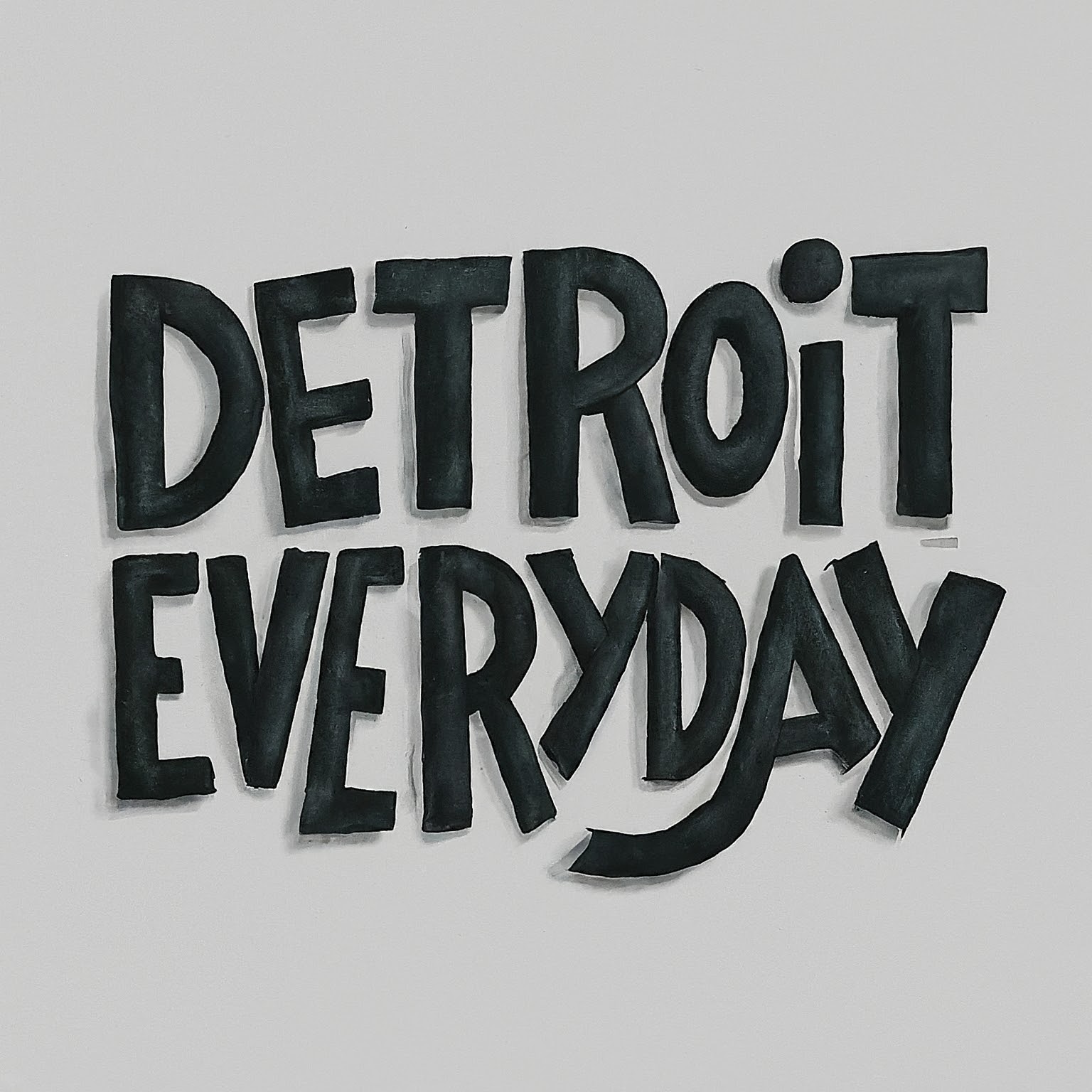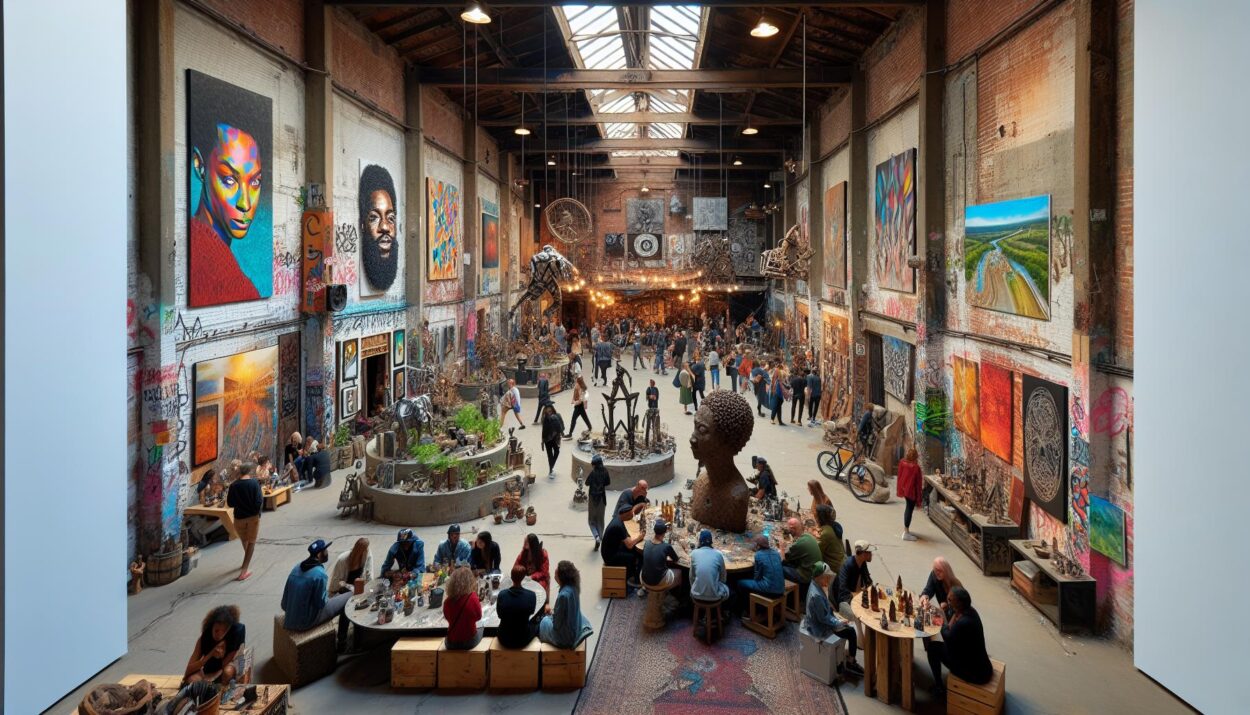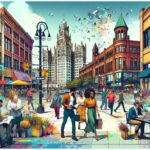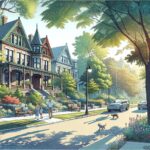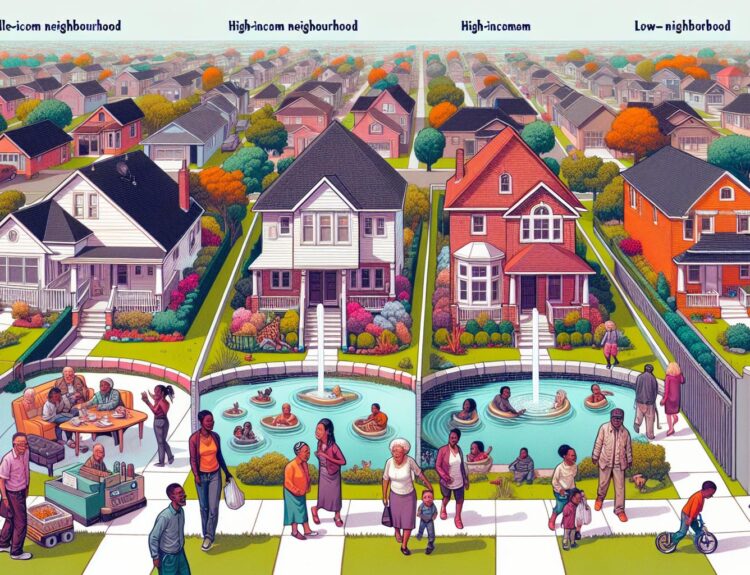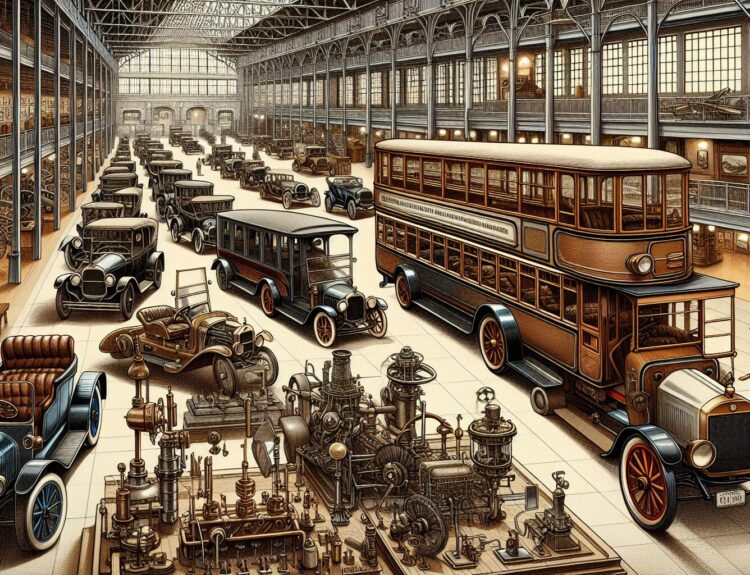Detroit’s underground art scene is a vibrant tapestry woven from the city’s rich history and its people’s unbreakable spirit. It’s a world where creativity knows no bounds, and every alley, abandoned building, and forgotten basement pulses with life and color.
I’ve always been fascinated by the energy and raw talent that thrives in these hidden corners of Detroit. From impromptu galleries to underground music venues, there’s an undeniable buzz that draws you in. Let’s dive into the heart of Detroit’s artistic underbelly and explore what makes it beat so fiercely.
History of Detroit’s Underground Art Scene
My journey into Detroit’s underground art scene has led me to uncover its storied past, a narrative as colorful and dynamic as the art itself. Detroit has always been a city of reinvention and resilience, and its art scene is no exception. It’s remarkable how this city’s artists have continuously used their creativity as a means to respond to social and economic upheavals.
In the 1980s and 1990s, as Detroit faced industrial decline, numerous buildings were abandoned. Yet, it was during these times that the seeds of the underground art scene were sown. Artists began to occupy vacant spaces, turning them into improvised studios and galleries. This wasn’t just about finding a place to paint or sculpt; it was about making a statement, about reclaiming and revitalizing spaces that the city had left behind. I’ve always been captivated by how art can emerge from adversity, bringing beauty to places where it’s least expected.
The early 2000s marked a significant shift. The underground scene began to gain more visibility, thanks in large part to the Internet and social media. Artists and collectives now had platforms to showcase their work beyond the confines of their impromptu galleries. Events like the Detroit Electronic Music Festival (DEMF) started to draw international attention, not only to the music but to the myriad forms of visual art that were an integral part of this cultural movement.
What’s truly fascinating is how the underground scene has steadfastly maintained its identity amidst growing popularity. There’s a certain ethos of authenticity and innovation that binds these artists together. The community is incredibly supportive, and there’s a sense of camaraderie that’s palpable whenever you attend an event or visit one of the many hidden galleries.
This evolution of Detroit’s underground art scene is not just a testament to the city’s unyielding spirit but also to the power of art as a catalyst for change. Through each phase, artists have challenged conventional narratives, using their creativity to spark conversations and engage with the community in meaningful ways.
As I delve deeper into the history and keep engaging with the artists and their creations, I’m continuously amazed by the breadth of styles and themes represented. From gritty street art expressing political dissent to avant-garde installations that challenge our perceptions of space and material, Detroit’s underground scene is a melting pot of ideas and expressions.
Characteristics of Underground Art in Detroit
When I delve into the intricacies of Detroit’s underground art scene, I’m often struck by its unique characteristics. The blend of resilience, community, and rebellion shapes this vibrant landscape, and I believe it’s what makes Detroit’s art scene truly stand out.
First and foremost, resilience shines through everything. Detroit’s artists aren’t just making art; they’re making statements about strength and survival. They’ve turned the city’s economic downturn into a canvas, using abandoned warehouses and factories as spaces for creativity and expression. This ingenious use of space isn’t just practical; it’s symbolic of the city’s determination to reclaim and reinvent itself through the power of art.
The sense of community within Detroit’s underground scene is palpable. Artists support each other’s work, collaborate on projects, and share resources. This isn’t competition—it’s camaraderie. In a world where digital connections often replace face-to-face interactions, Detroit’s artists maintain a closeness that fosters creativity and innovation. They’ve built a supportive network that’s as much about friendship as it is about art.
Moreover, the underground art in Detroit is marked by a stark rebellion against conventional norms. These artists aren’t afraid to tackle tough subjects or challenge societal expectations. From bold street art that critiques political issues to avant-garde installations that push the boundaries of traditional art forms, Detroit’s underground scene is a hub of progressive thought and expression.
Here are a few key points about the characteristics of underground art in Detroit:
- Resilience: Using adversity as a catalyst for creativity.
- Community: A strong network of support and collaboration among artists.
- Rebellion: Challenging norms and exploring provocative themes.
This scene’s evolution also mirrors a larger trend in urban art communities worldwide. Yet, it retains a distinctive identity rooted in Detroit’s history and culture. The city’s unique blend of resilience, community, and rebellion not only defines its art scene but also serves as a testament to the enduring spirit of Detroit itself. Through my eyes, the beauty of Detroit’s underground art scene lies not just in the art that’s created but in the stories, connections, and defiance that it represents. These aren’t just artists; they’re pioneers of a movement that continues to inspire and provoke thought well beyond the city’s borders.
Exploring Hidden Galleries and Venues
Detroit’s underground art scene isn’t just about the art itself; it’s also about where you find it. I’ve spent years delving into the nooks and crannies of the city, uncovering places that don’t just showcase art but become part of it. There’s something mesmerizing about discovering a hidden gallery or venue that’s bursting with creativity and yet isn’t on your typical tourist map.
One of my first experiences venturing into these hidden spaces was in an old factory in the Eastern Market area. From the outside, it looked abandoned, the kind of place you’d walk past without a second glance. But inside, it was a vibrant hub of creativity. The walls were covered in graffiti, sculptures made from scrap materials stood in every corner, and there was a small stage for live performances. It felt like stepping into another world, one where artists could thrive without the constraints of traditional galleries.
These spaces operate on a level of secrecy that adds to their allure. Word of mouth is often the only way to find out about them. There’s a thrill in receiving a discreet invitation or following cryptic directions to a venue. This secrecy builds a strong sense of community among those in the know. When I share these experiences, I’m often met with wide eyes and a hunger to discover these places for themselves.
The Significance of these Spaces
- Community and Collaboration: These hidden venues foster a unique sense of community. Artists collaborate, share ideas, and support each other, creating a thriving network that feels like a family.
- Freedom of Expression: Without the confines of traditional galleries, artists in these spaces enjoy unparalleled freedom. This leads to more experimental and provocative works.
- Revitalization of Abandoned Spaces: Many of these venues are in abandoned or underused buildings, breathing new life into forgotten parts of Detroit. It’s a form of urban renewal that’s driven by creativity and passion.
Impact on the Local Art Scene
The impact of these hidden galleries and venues on Detroit’s art scene cannot be overstated. They provide essential platforms for emerging artists, helping to keep the scene vibrant and dynamic. While established galleries play their part, these grassroots venues add depth and diversity, ensuring that Detroit’s underground art scene remains at the forefront of innovation.
The Impact of the Underground Art Scene on Detroit
When I first delved into Detroit’s underground art scene, I was struck by its dynamic impact on the city. It’s more than just a network of artists and venues; it’s a powerful force for urban renewal and social change. Detroit’s transformation is palpable, driven by the creativity and innovation that these hidden spaces foster.
One of the most striking impacts is economic revitalization. Many of these underground venues are nestled in abandoned buildings and forgotten neighborhoods. By attracting visitors and locals alike, these spaces breathe new life into these areas, sparking a ripple effect of investment and development. It’s not just about the art shows; it’s coffee shops, restaurants, and other small businesses that benefit, adding vigor to Detroit’s economy.
Moreover, the underground art scene has played a pivotal role in reshaping Detroit’s identity. This city, once known primarily for its automotive industry and economic woes, is now celebrated for its vibrant and diverse artistic community. The unconventional nature of underground art—often raw, provocative, and experimental—challenges perceptions and encourages dialogue. This shift has not only elevated Detroit’s status as a cultural hub but also fostered a sense of pride among residents.
The community aspect cannot be overstated. These underground venues are more than spaces; they’re incubators for collaboration and innovation. Here, emerging artists find support and mentorship, enabling them to refine their craft and gain exposure. These connections often lead to collaborative projects that might not have found a home in more traditional galleries or spaces. It’s a nurturing environment where artists of all backgrounds can thrive and where diversity in expression is celebrated.
In terms of direct support for artists, the underground scene is invaluable. It offers a platform for those who might otherwise be overlooked by the mainstream art world. Here, artists aren’t bound by the same commercial pressures or stylistic constraints, allowing for greater freedom in artistic expression. This has been crucial in supporting emerging talent and ensuring that Detroit’s art scene remains as diverse as it is vibrant.
Through my exploration, it’s clear that the underground art scene in Detroit is much more than a collection of hidden galleries and secretive shows. It’s a vital artery pumping innovation and spirit into the heart of the city. As these spaces continue to evolve, they promise to keep Detroit at the forefront of artistic innovation and community transformation.
Embracing the Authenticity of Detroit’s Artistic Underbelly
As I’ve delved deeper into Detroit’s vibrant underground art scene, I’ve become increasingly aware of its raw, unfiltered authenticity. It’s a realm where artists are free to express themselves without the constraints or dictates of mainstream galleries. Every visit offers a new perspective on the city’s heart and soul, revealing stories and expressions that captivate and challenge me.
Exploring hidden warehouses, back alley galleries, and basement venues, I’ve encountered a diverse tapestry of art forms. From gritty street art and avant-garde installations to experimental music and underground theater, each experience is a testament to the unbridled creativity that flourishes in Detroit’s shadows. These artists don’t just create; they convey powerful messages, share profound stories, and provoke thought, all while contributing to the city’s cultural renaissance.
What stands out in Detroit’s underground scene is not just the art itself but the sense of community that it fosters. Spaces that were once abandoned are now vibrant hubs of creativity, bringing together people from all walks of life. It’s not uncommon to see artists collaborating with local businesses, providing mutual support that fuels economic growth and revitalization. This symbiotic relationship underscores the vital role of art in shaping and uplifting communities.
- Diversity of Expression: A wide range of art forms coexist, from street art to performance art, reflecting Detroit’s multifaceted identity.
- Community Impact: Art venues double as communal spaces, fostering connections and dialogue among residents and visitors.
- Economic Revitalization: The art scene contributes to the local economy by attracting visitors and revitalizing neglected areas.
- Authentic Expression: Artists have the freedom to explore and convey their visions without commercial pressure, ensuring a dynamic and diverse cultural landscape.
The authenticity of Detroit’s artistic underbelly is a beacon for those seeking genuine connections and expressions. It’s refreshing to find places where art is not just seen but experienced, where every brush stroke, note, and performance is a reflection of the city’s grit, resilience, and heart. In these underground havens, art is not just about aesthetics; it’s a powerful medium for communication, a force for change, and a source of inspiration.
Conclusion
Exploring Detroit’s underground art scene has been an eye-opening journey for me. It’s not just about the art itself but the stories, the struggles, and the triumphs behind each piece. This vibrant community, thriving in the most unexpected places, has shown me the true power of creativity in sparking change and fostering connections. It’s a reminder that art isn’t confined to galleries and museums; it’s alive in the heart of cities like Detroit, waiting to be discovered. I’m left inspired by the resilience and passion of these artists and the community that supports them. They’re not just making art; they’re shaping the future of their city. And that’s something truly remarkable.
